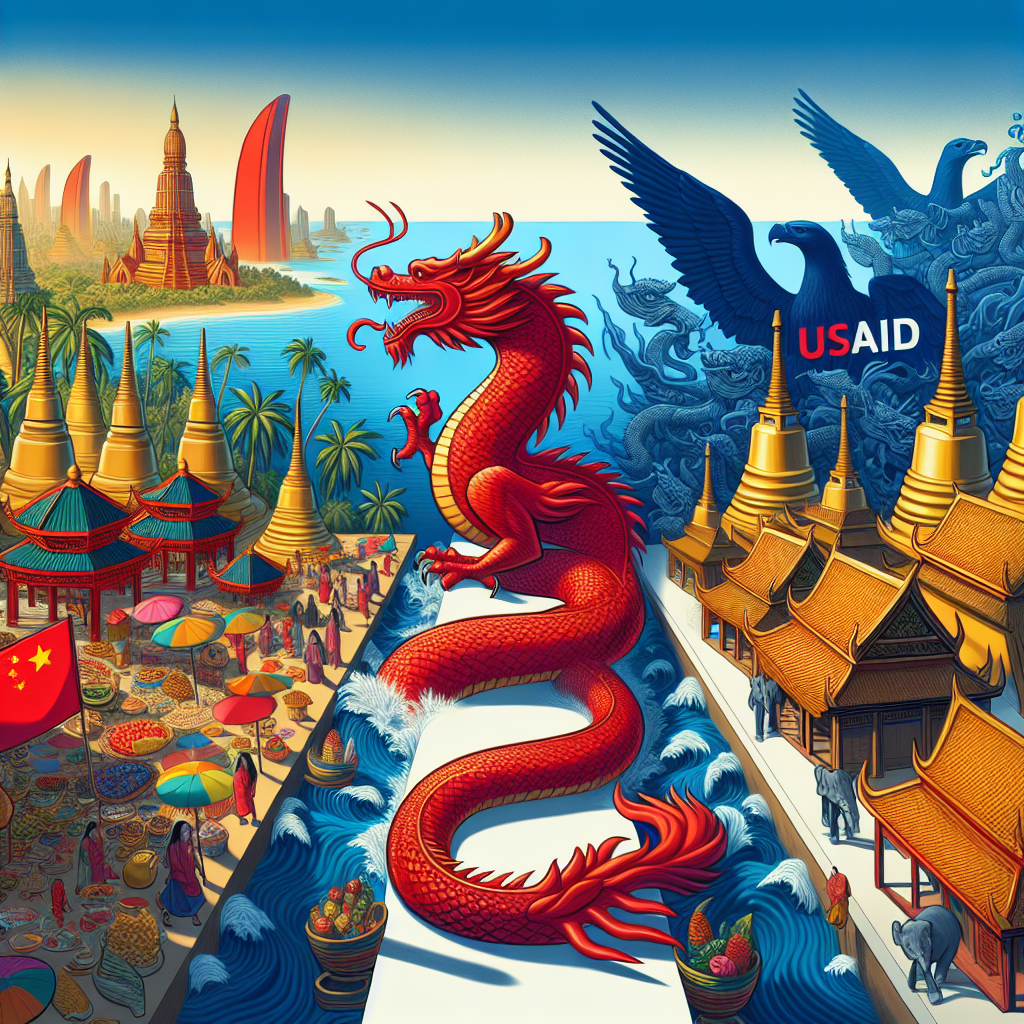China’s Soft Power Surge in Southeast Asia Amid USAID’s Decline
China’s Soft Power Surge in Southeast Asia Amid USAID’s Decline
Introduction
In recent years, China has significantly increased its influence in Southeast Asia through strategic soft power initiatives. This shift comes as USAID’s presence and impact in the region appear to be waning. The dynamics between these two global powers are reshaping the geopolitical landscape of Southeast Asia.
China’s Strategic Soft Power Initiatives
China has been actively engaging with Southeast Asian countries through various soft power strategies, aiming to strengthen its regional influence.
- Infrastructure Investments: China has invested heavily in infrastructure projects, such as roads, bridges, and railways, under the Belt and Road Initiative (BRI).
- Cultural Exchanges: The promotion of Chinese culture through language programs, cultural festivals, and educational exchanges has been a key focus.
- Economic Partnerships: China has established strong trade relationships and economic partnerships, offering favorable terms to Southeast Asian nations.
USAID’s Declining Influence
While China is expanding its reach, USAID’s influence in Southeast Asia is experiencing a decline due to several factors.
- Reduced Funding: Budget cuts and shifting priorities have led to reduced funding for USAID programs in the region.
- Focus on Other Regions: The U.S. has been redirecting its focus and resources to other global hotspots, impacting its engagement in Southeast Asia.
- Perception Challenges: There is a growing perception that U.S. aid comes with strings attached, making it less appealing compared to China’s offerings.
Implications for Southeast Asia
The shift in influence between China and the U.S. has significant implications for Southeast Asian countries.
- Increased Dependency on China: As China becomes a dominant partner, Southeast Asian nations may become more economically and politically dependent on Beijing.
- Geopolitical Balancing Act: Countries in the region may need to navigate a complex balancing act between maintaining relations with both China and the U.S.
- Regional Stability: The changing dynamics could impact regional stability, with potential shifts in alliances and power structures.
Conclusion
China’s soft power surge in Southeast Asia, coupled with USAID’s declining influence, is reshaping the region’s geopolitical landscape. As China continues to expand its reach through strategic investments and cultural diplomacy, Southeast Asian countries face new challenges and opportunities in balancing their relationships with these global powers. The evolving dynamics will likely have lasting impacts on regional stability and development.














